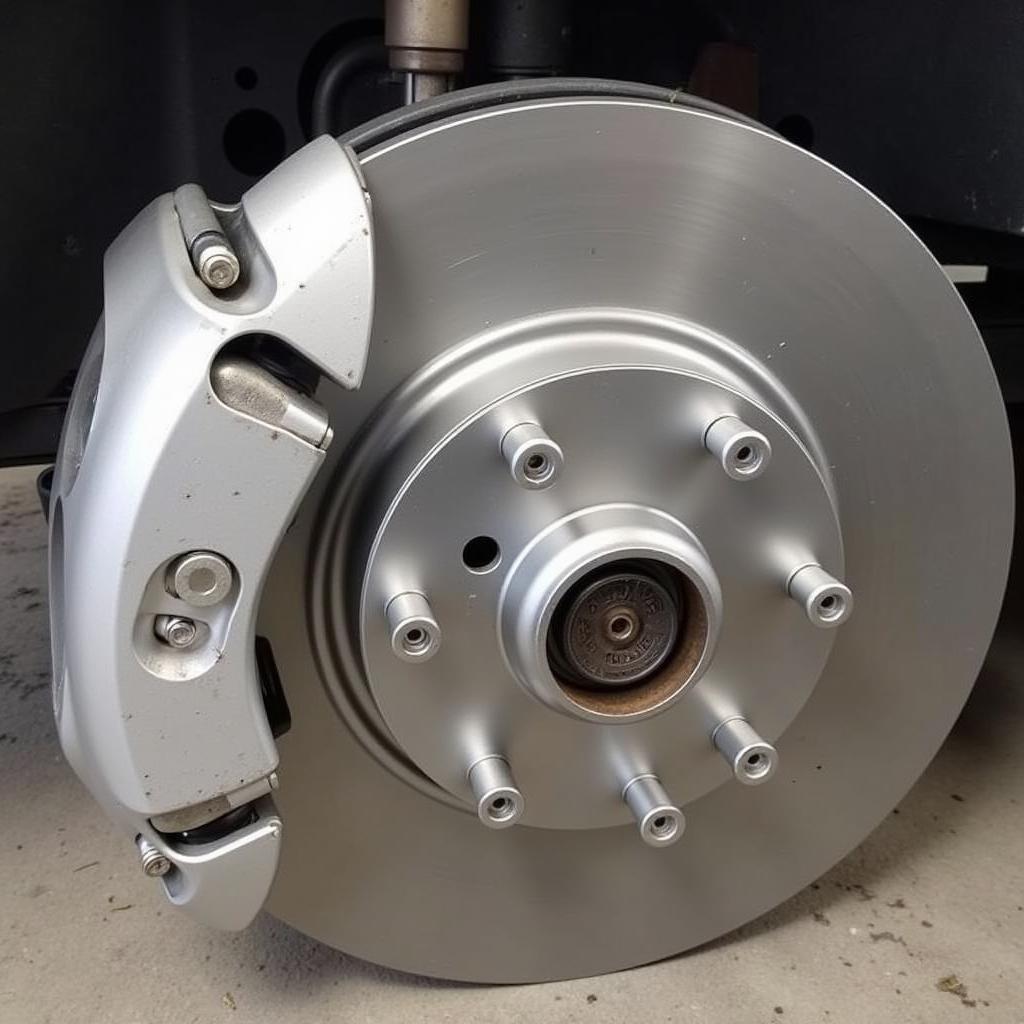Testing a car radio without its wiring harness can seem daunting, but it’s entirely possible with the right approach. This guide provides a detailed walkthrough on how to bench test your car radio effectively, ensuring it’s in working order before installation.
Understanding the Need for Bench Testing
Why bench test a car radio at all? Bench testing allows you to isolate the radio and verify its functionality independent of the car’s electrical system. This helps pinpoint issues, saving you time and potential frustration during installation. It’s particularly useful when dealing with used radios or after repairs. Imagine installing a radio only to find out it’s faulty—bench testing avoids this scenario.
Gathering Your Tools and Supplies
Before you begin, gather the necessary tools and supplies. You’ll need a 12V DC power supply, a speaker (or a set of speakers if your radio supports multiple channels), some alligator clips or wire connectors, and potentially a multimeter for more advanced troubleshooting. Having these items readily available will streamline the process.
Powering Up the Radio
Connecting the power supply correctly is crucial. Identify the power and ground wires on the radio. Typically, these are labeled on the radio itself or in its documentation. Using alligator clips or wire connectors, attach the positive lead of your power supply to the radio’s power wire and the negative lead to the ground wire. Double-check your connections to avoid any potential damage.
Connecting the Speaker
With the power connected, it’s time to hook up the speaker. Locate the speaker output wires on the radio. Again, these are usually labeled. Connect the positive and negative terminals of your speaker to the corresponding output wires on the radio. Ensure the connections are secure.
Testing the Radio’s Functionality
Once everything is connected, turn on your power supply. Observe the radio’s display. Does it power on? If yes, that’s a good sign! Try tuning to different radio stations. Do you hear clear audio from the speaker? If so, your radio’s basic functionality is confirmed. Test other functions like CD playback, USB input, and Bluetooth connectivity if applicable.
Troubleshooting Common Issues
If the radio doesn’t power on, double-check your power and ground connections. Use a multimeter to verify the voltage from your power supply. If the radio powers on but there’s no sound, check the speaker connections and the speaker itself. A blown speaker won’t produce any sound.
Conclusion
Bench testing your car radio without a wiring harness is a valuable skill, allowing you to diagnose problems and ensure its working condition before installation. By following these steps, you can save time and avoid potential headaches down the road. Now you’re ready to enjoy your car radio!
FAQs
- What if I don’t have a 12V DC power supply? You can use a car battery as an alternative, but exercise caution when handling car batteries.
- Can I damage the radio if I connect the power supply incorrectly? Yes, incorrect connections can damage the radio. Always double-check your connections.
- My radio powers on but there’s static noise, what could be the problem? This could indicate a problem with the antenna connection or the radio’s internal circuitry.
- Do I need a special type of speaker for bench testing? No, any standard speaker will work for bench testing.
- Is bench testing necessary for brand new car radios? While not strictly necessary, it’s still a good idea to bench test new radios to ensure they’re functioning correctly.
- Can I bench test a car radio with autel mercedes scn coding? No, Autel Mercedes SCN coding is related to software programming and not directly applicable to bench testing a car radio’s hardware functionality.
- What if my radio still doesn’t work after bench testing? It might require professional repair or replacement.

